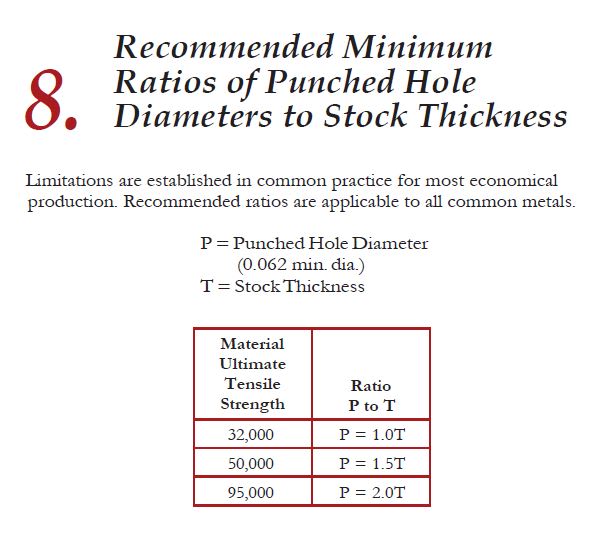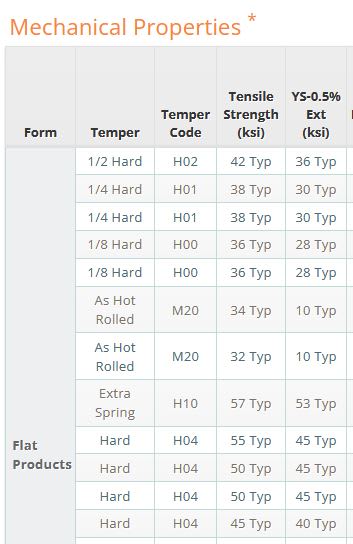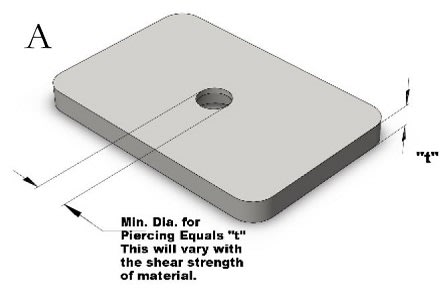RustyH
Mechanical
- Oct 7, 2013
- 58
Good Evening,
I am looking to design and make a machining that can stamp out a 5mm hole in 3mm think copper.
I was wondering how I would go about calculating the force needed to do this.
Also, does anyone think that this would be possible pneumatically with an air piston running off an air compressor?
Many thanks
Rusty
I am looking to design and make a machining that can stamp out a 5mm hole in 3mm think copper.
I was wondering how I would go about calculating the force needed to do this.
Also, does anyone think that this would be possible pneumatically with an air piston running off an air compressor?
Many thanks
Rusty



